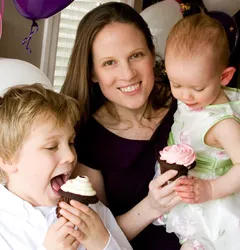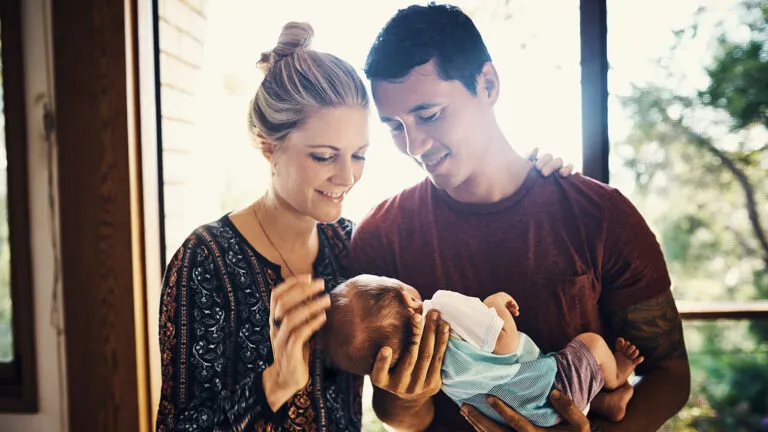At least half a dozen times in my childhood, my twin sister Susan or I, faces flushed with emotion, would blurt out, “OK fine! Then I’m running away!”
The runaway would go to the kitchen, get out a plastic bag and open the fridge. Then, invariably, the other twin, overcome with empathy and loyalty, would join the plan. Together we would select apples and make sandwiches before heading out the front door.
Now, as a mother, I’m on the other side of the lunch bag.
When my 7-year-old Jackson is really upset, he sometimes declares, “I don’t want to be a part of our family anymore. I want a new family. I’m going to run away.”
Sometimes I chuckle and tell him stories about my childhood threats to run away, including my packed lunches.
Sometimes I stop and ask him why he is upset and try to help him work through his feelings.
Other times, I don’t take it so well. I can get downright angry! I lecture him about being grateful and how blessed he is to have parents who are completely dedicated to him and his sister. Sometimes I recount “The Prodigal Son” for extra effect.
When I do lose my patience with Jackson, I scold myself. How could I forget what it was like to feel so frustrated, desperate for some control over the world?
My friends’ accounts of their young kids’—or their own—”running away” stories are similar. Like Susan and me, they didn’t usually get much farther than the end of the street.
One friend told me that when her son announces he is leaving home, it is to move in with our family! (She even pretended to call me, so he could “hear for himself” that we didn’t have room for one more.)
Since this seems to be something most parents face, I asked Mary DeMuth, author of Authentic Parenting in a Postmodern Culture, if either of her children ever threatened to run away. I had a feeling Mary would have some insights into how to turn angry episodes into teachable moments.
Mary told me she’d once discovered her daughter’s backpack stuffed with toys and a blanket. Her daughter explained it was because she had been angry and wanted to run away. Mary gently delved into the emotions behind her daughter’s actions. She pointed me to this scene in her book:
[My husband] Patrick and I spent a lot of time unpacking her emotions. We realized she didn’t quite know how to express herself other than flinging toys and packing a bag.
We reassured her that no matter what she did or said, we would always love her. We let her know that when her sister or brother bothered her, she should come to us first. We told her we were so sorry that things at school were hard.
At the end of our talk, when she realized we weren’t scolding her, but inviting her, she ran to our arms, clinging to us tightly. Oh how we love that little girl!
Fifteen minutes later, Julia came downstairs. ‘Mommy, I want you to go look on your desk.’
I went upstairs to our bedroom where my tiny nook office is and looked on my desk. There, in the beautiful writing of my left-handed girl, was a sweet little love note. I wonder how different things would have been had we scolded her, grounded her, berated her for wanting to run away—if we gave into alarm and fear, letting our words fly without first listening. The more we asked questions, the more we learned about her fears and school’s mounting stress.
Kids throw us all kinds of challenges. When my son pitches the runaway curveball, I hope to follow Mary’s advice. I hope to maintain my cool, assure him of our unconditional love and patiently get to the root emotional issues.
If we are listening and helping our children “unpack their emotions,” as Mary put it, we have a much better chance to actually hear what they’re trying to tell us. Looking back, I don’t think any of us really wanted to run away; we just wanted to be heard.





